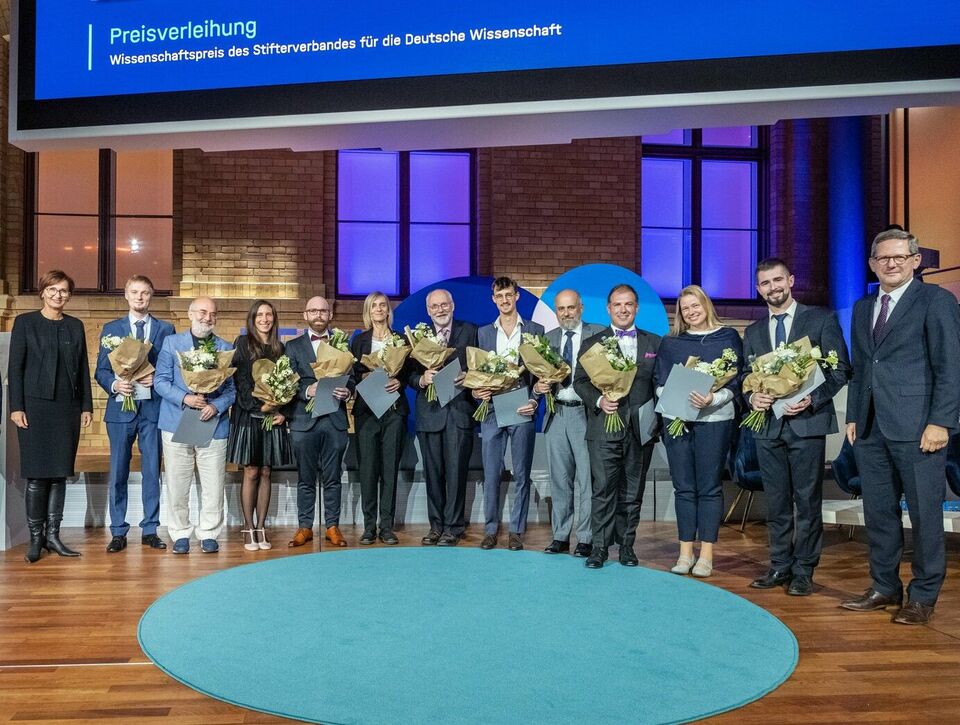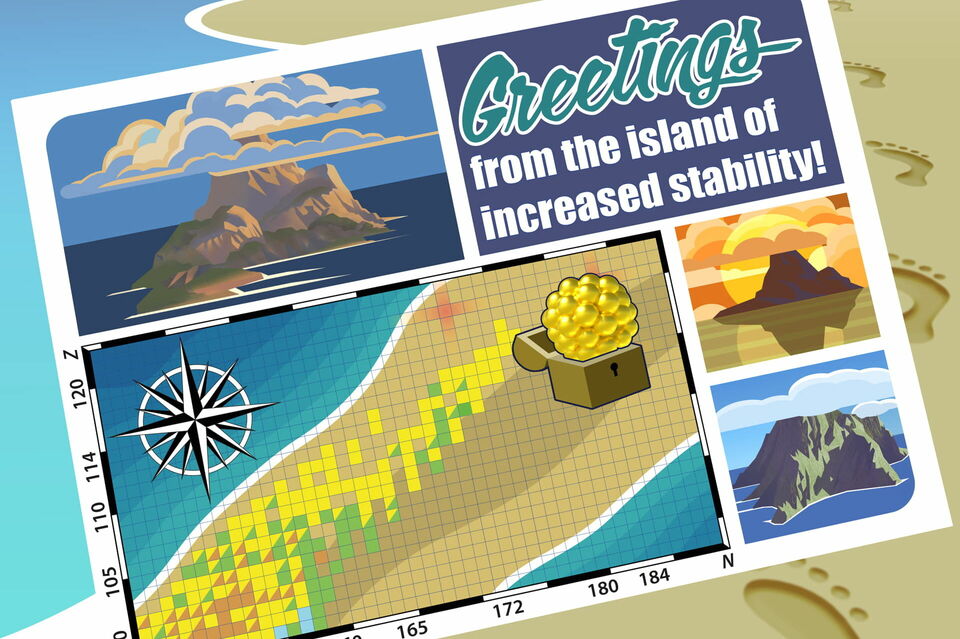Quantum technology on its way into society: In the joint project DiaQNOS, researchers from JGU and the Helmholtz Institute Mainz are developing quantum sensors to improve brain tumor surgery.
Removing a brain tumor presents surgeons with special challenges: They must remove the tumor, but without damaging healthy brain tissue. Among other things, it is important to keep an eye on the motor cortex, which is responsible for movement. If, for example, a nerve pathway leads from this to the arm, it must not be severed, because otherwise the patient will no longer be able to move the arm after the operation. Appropriate diagnostics are already helping to identify and spare such nerve tracts and brain regions.
DiaQNOS: Lighthouse project in quantum sensor technology
In the future, quantum sensor technology is expected to further improve the assignment of functions to certain brain areas - via new diagnostic devices that, among other things, refine neuronavigation. A consortium of the Johannes Gutenberg University Mainz (JGU) and the Helmholtz Institute Mainz (HIM) is working on this in the DiaQNOS project together with various partners from research, medicine and industry. The five-year project, which started in October 2022, is funded by the German Federal Ministry of Education and Research (BMBF) with a total of almost eleven million euros; JGU, as project leader, will receive 1.5 million euros.
The basis for the project was laid by the collaborative project BrainQSens: here, a consortium in which JGU was also represented developed highly sensitive magnetic sensors that enable improved medical diagnostics. "In this flagship quantum sensor project, we have already been able to improve the magnetic field sensor technology to such an extent that, in principle, magnetic fields of the brain can be registered with it," explains Dr. Arne Wickenbrock from JGU or HIM, who coordinates the joint project. "Now it's a matter of taking the next steps on the way to medical application and making quantum sensor technology useful for society." The consortium reflects this application focus in that, in addition to neurosurgeons from Freiburg University Hospital, i.e. the technology's eventual users, medical device manufacturer inomed Medizintechnik GmbH is also represented. In addition, Sacher Lasertechnik GmbH and TTI GmbH are contributing their expertise, i.e. companies with experience in the commercialization of new developments.
A device suitable for use in surgery is to be developed over a period of three years, followed by two years of medical research. Among other things, brain tissue from a tissue database in Freiburg will be examined for the first time for its magnetic properties, especially with regard to new diagnostic possibilities for brain tumors.
Mainz expertise in the construction of a quantum sensor
Among other things, the researchers from JGU and HIM are dedicated to building the quantum sensor; after all, Prof. Dr. Dmitry Budker's research group has strengthened magnetography as a core competence in Mainz, and he is also allowing his expertise to contribute to the project. "These quantum sensors are based on nitrogen vacancies in diamonds - nanoscale magnetic field sensors confined in the diamond. A huge number of these magnetic field sensors can exist in a thin layer of diamond. This makes it possible for us to create a magnetic image of the object that the sensor sees," Wickenbrock explains. Nerve communication in the human body works via electrical charges that whiz through the nerve pathways. Now, every moving charge generates a magnetic field - so there are numerous magnetic fields in the human body, including in the brain. The sensor is designed to detect and analyze these and thus tell the surgeons more about the function of the respective brain areas. This will enable physicians to plan the incision path more precisely and in a way that is gentler on the patient.
(using a report from JGU Mainz)




